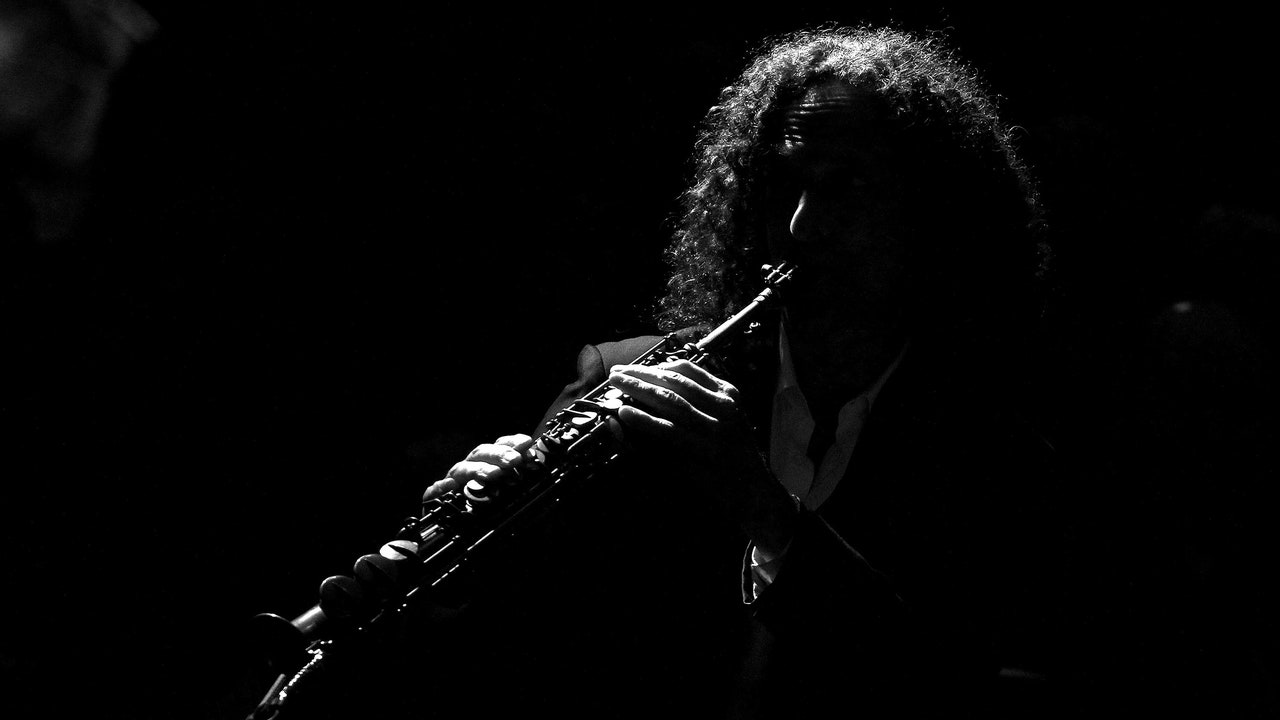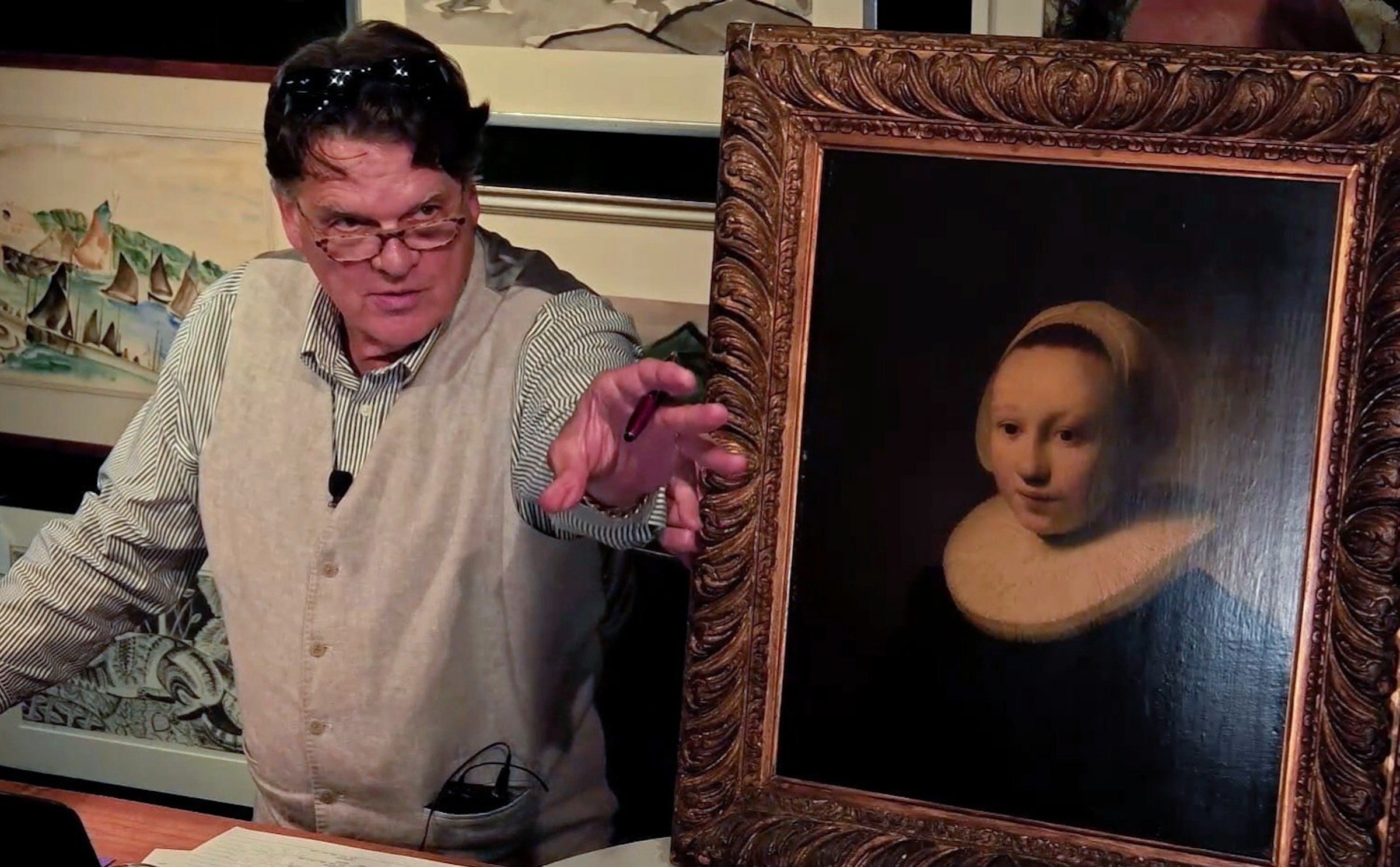Whenever I’m asked to provide a “fun fact” about myself, I usually say that I worked as a smooth-jazz radio announcer back in college. It wasn’t the kind of unsuitable, faintly ironic part-time job one falls into as a student but, rather, the culmination of years of serious and directed effort. In fact, I’d been seeking professional entry into the world of smooth jazz since adolescence: as a high schooler in the suburbs of Seattle, I made weekly rounds through the used-CD shops of University Way to build my personal library of artists from the smooth-jazz world; I frequented Dimitriou’s Jazz Alley, where practically all of those artists played, as a young Gen X-er might have hung out at punk clubs; I even persuaded the local smooth-jazz radio station to take me on as an intern. For all that, I’d never have claimed to like smooth jazz.
“I hate ‘classical music,’ ” Alex Ross once wrote in this magazine—“not the thing but the name.” I could say the same about “smooth jazz,” which I’ve always considered primarily a marketing term, the label not of a musical genre but of a commercial radio format. In Penny Lane’s “Listening to Kenny G,” a 2021 documentary about the saxophonist whose music—even more melodic and hooky than than those of his pop-jazz predecessors, such as George Benson and Grover Washington, Jr.—defined that format, the industry consultant Allen Kepler recalls how that label came about. Conducting focus groups with the market-research firm Broadcast Architecture in the late nineteen-eighties, Kepler asked participants to describe music like Kenny G’s however they liked. One woman, Kepler says, had the perfect answer: “She’s thinking. She says, ‘It’s jazz.’ She says, ‘It’s smooth jazz.’ It was almost like it just came to her like a lightning bolt.”
Not only did I know full well how far I was outside smooth jazz’s middle-aged core demographic but I used it to my advantage: taken aback by the sight of a long-haired teen-ager in the autograph line after a concert, most musicians proved willing to chat, if only to satisfy their curiosity about how I’d ended up there. (In a way, this prepared me for the life I now lead in South Korea, where locals tend to react to my presence with a similarly amiable bewilderment.) This often happened at the multi-artist smooth-jazz festivals that I attended all over the West Coast, whose crowds underscored another difference between myself and one of its core listener bases. Despite taking place in parts of the country not known for their Black populations—venues included the Hyatt Regency Newport Beach and the Chateau Ste. Michelle Winery, in Woodinville, Washington—they attracted large Black audiences.
This surprised me at first, but it also meant that, even if the music played on smooth-jazz stations—personified, then as now, by Kenny G—was regarded as hopelessly uncool, it at least couldn’t be dismissed as “too white.” In whatever terms it was cast, this kind of widespread, undisguised disdain encouraged me publicly to disavow enthusiasm for smooth jazz, but it also gave me considerable secret satisfaction. Associating myself with the least rebellious music imaginable felt like its own act of defiance—defiance of expectations about the proclivities of the young in general, and of my generation in particular. I recall American high-school students around the turn of the millennium being generally assumed to side with one of two fields of popular music: rock, especially alternative rock (the most popular radio format of the day), or hip-hop, especially gangsta rap and its offshoots, with only the aggressively lumpen hybrid of nu metal between them.
The emotional spectrum of these genres, running from depressive rage to thuggish braggadocio, felt preposterously far removed from my life and the lives of my middle-class suburban peers. As a result, I didn’t start listening to music seriously until the relatively late age of fifteen. An aunt and uncle had sent me a Tower Records gift card for Christmas, and making sure it didn’t go to waste meant finding something to buy that wouldn’t embarrass me. Only when I got to the store and started flipping through CDs did a name occur to me: Acoustic Alchemy, a British instrumental group fronted by two guitarists, one playing steel strings and the other nylon. I remembered enjoying their albums at the age of five or six, when my dad (a record-loving boomer possessed of what then seemed to me an impossibly vast collection) put them into our dinner-music rotation.
Even for sworn enemies of smooth jazz, Acoustic Alchemy’s music isn’t particularly objectionable. Though they received airplay on smooth-jazz radio, they established themselves before the format crystallized, which may explain why they didn’t over-accommodate their sound to its conventions, never using a saxophone on more than two or three tracks per album, or making the standard move of covering a nineteen-seventies soul hit. (Perhaps as a result, their music travels well; still, it induced a bit of vertigo to hear “Same Road, Same Reason,” a song I knew from countless childhood meals, used to announce the last stop on South Korea’s high-speed train.) A fan such as myself might also add that Greg Carmichael, Acoustic Alchemy’s longest-tenured member, studied classical guitar at the London College of Music, but in smooth jazz impeccable musicianship is table stakes. “You want to play like the smooth-jazz guys?” my guitar teacher joked when I started taking lessons. “You and me both.”
Detractors count this as yet another sin, an excess of technical proficiency with “nothing to say.” I even remember hearing such judgments expressed in a lecture hall: when, in my first semester at the University of California, Santa Barbara, my Introduction to Music Theory instructor went on a tangent about the nylon-string noodling heard in “crappy smooth jazz,” I felt like a fresh arrival from a small Bible Belt town hearing a biology professor ridicule Genesis. I’d actually applied to U.C.S.B. intending to launch my smooth-jazz broadcasting career at its campus radio station. (It didn’t hurt that the school’s mascot, the Gaucho, shared the name of the Steely Dan album with “Hey Nineteen,” the most transgressive of all smooth-jazz radio staples.) Acoustic Alchemy had been the gateway drug to harder stuff, which is to say smoother stuff—David Sanborn, Spyro Gyra, the Rippingtons, Fattburger—and I intended to play it all on the air.
Actually doing so drew contemptuous reviews from student evaluators, but it also got me recruited into the big leagues, at least within the minor radio market of Santa Barbara. The program director at KMGQ, the local smooth-jazz station, heard my college radio show and called me up to say that he wanted me to be his new evening announcer. Only when I started the job did I realize that the role came with no influence over the music played during my shifts. I needed only concern myself with making announcements—always both commenced and ended, quasi-militarily, with the slogan “Magic 106.3, the Sound of Santa Barbara”—between preprogrammed blocks of commercials and songs. Sometimes those songs were by artists I genuinely liked; sometimes they were by artists like Kenny G, from whom I’d always exaggeratedly distanced myself.
Still, having turned pro at twenty years old, I figured I’d soon be writing my own ticket; before long, it would surely be me hosting 94.7 the Wave’s Smooth Jazz Sunday Brunch at i. Cugini, in Santa Monica. But I wasn’t experienced enough to recognize the signs of trouble ahead at KMGQ, which operated with such a skeleton crew that I was alone in the building nearly every night. Within a few years, a new general manager swooped in from somewhere in Wyoming, announcing his intentions to make big changes—changes that eventually turned out to involve eliminating the station’s on-air staff and switching over to classic rock. I thought back to KWJZ, the Seattle smooth-jazz station where I’d interned in high school. “You’ll get a job in radio,” its drive-time announcer assured me in the break room as he salted his grocery-store roasted chicken. “People get sick of this industry.”



